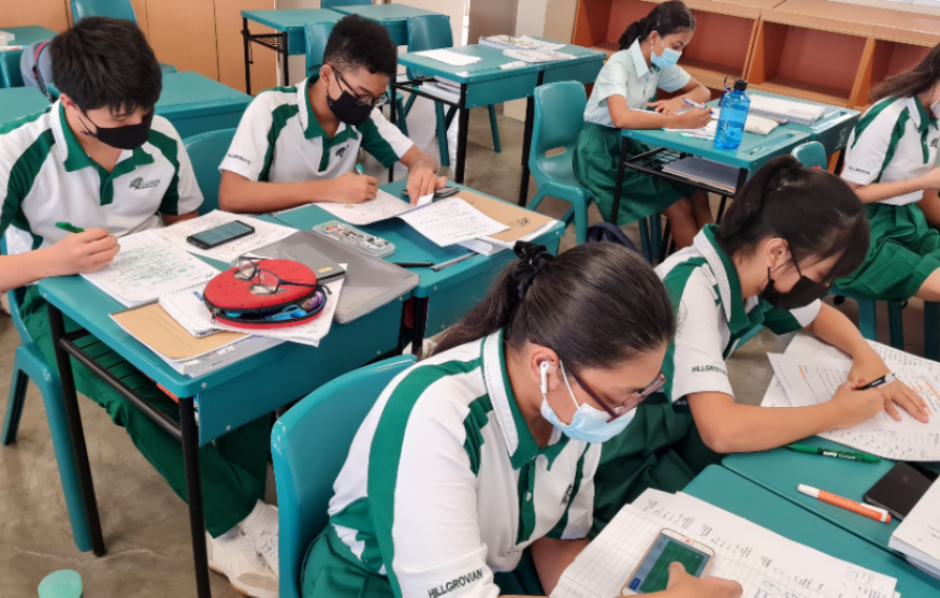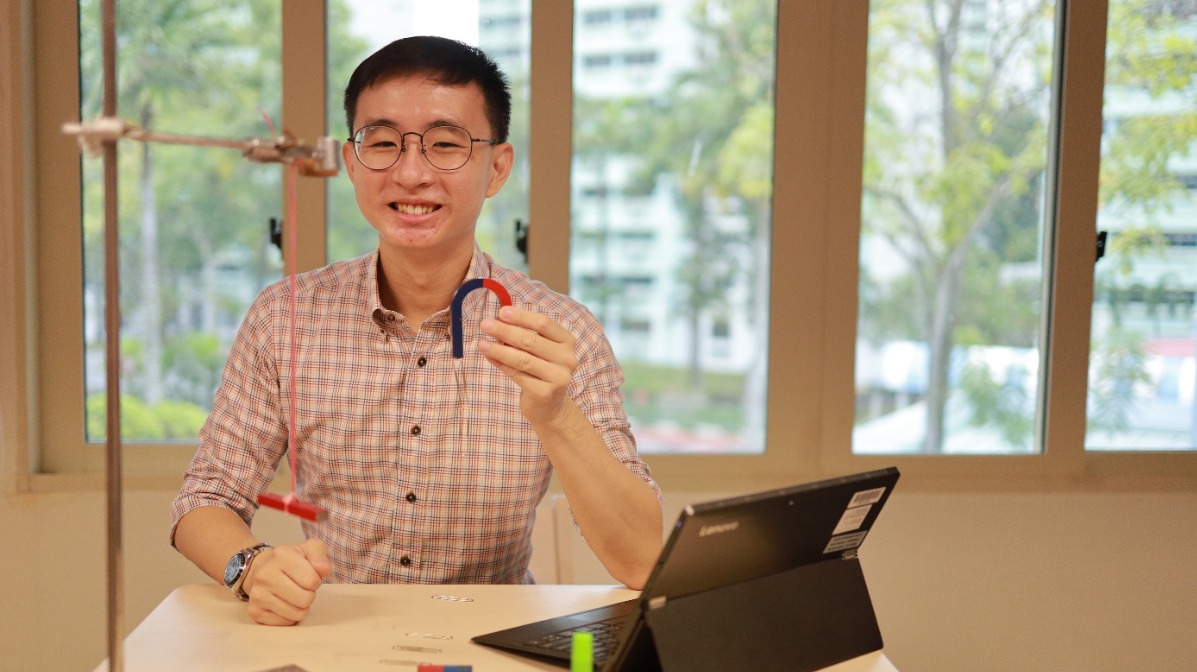Web Technology Makes Tamil Lessons the Talk of the Class
22 Feb 2011

Web tools like ToonDoo lend a hand to students in constructing their own stories and generate more creative ideas.
What would happen if Gandhi, Adolf Hitler and Michael Jackson were to walk into the same room?
Imaginary banter and wacky dialogue emerges from the mind of Harish Vatsen as the Fuhua Primary School pupil distills his thoughts into a comic strip featuring characters based on these historical personalities. “You can be your own author and illustrator to create whatever storyline you want on ToonDoo,” explains the boy from 6 Care. “After creating one of my own comics, I am eager to email it to my friends and post it on the Internet!”
Comics are just one of many digital tools Tamil Language teachers at Fuhua Primary School are using to get pupils excited about Tamil lessons and improve their oral and written skills. Leveraging on the school’s niche in ICT, Tamil classes across all levels offer pupils a suite of online platforms to flex their verbal abilities and express their thoughts in fun and creative ways through podcasts, cartoons and blogs.
Just picture this
Pupils in Pri 1 and Pri 2 use a cartooning programme called ToonDoo to translate their understanding of the language into illustrated conversations and short stories. Mrs Tamilvani Kanasan, Subject Head of the school’s Tamil Language department, explains that teachers used to ask classes to hatch a story based on a fixed set of pictures. “With ToonDoo, they come up with their own sequence of pictures,” she reveals. “As they can change the postures and facial expressions of the characters, they can now come up with different storylines and different endings.” She adds that this exercise makes it easier for the pupils to remember idioms and proverbs compared to simply memorising verbal explanations.

Filling out speech bubbles in the comics encourages students to be more comfortable with inserting dialogues in their Tamil compositions.
Turning news anchors for the day, pupils from Pri 4 onwards use a software called NewsMaker to broadcast their own news bulletins based on scripts using newly learnt vocabulary. A webcam records each news segment and the young producers can even digitally insert fancy hairdos and sunglasses onto the screen to ‘disguise’ themselves. “I always check out the dictionary when we create our scripts,” shares Ravikumar Nikhila of 5 Diligence, who adds that saying out new and difficult words as they move down the screen helps her to remember them.

Working on digital and web projects promotes greater interaction amongst students in their learning of the Tamil language.
Another web-based tool, Vocaroo, lets the pupils make and send out voice recordings of text passages from home. Teachers then offer their comments or present the recordings in class for peer evaluation using rubrics that assess their pronunciation, speed and fluency. “It was weird listening to my own voice at first,” recounts Harish. “But I have improved because when I compared my first recording to the one I made a few days back, my parents say it is much better!”
“I can see their enthusiasm and how they want to do this and be heard,” says Mrs Tamilvani of the way pupils have embraced the voice recording tool. “Messages keep popping up in my handphone because my students keep sending me emails from Vocaroo!”
Linking parents, students and teachers
The school’s use of web technology is proving to be a hit with the pupils’ families too. “The parents learn with their children and guide them along. They see how excited their kids are at learning things in school and how they want to go back and practise at home,” shares Mrs Tamilvani of the feedback she has received. “Sometimes they involve their whole families and cousins and they get so excited about the whole thing!”

A student putting finishing touches on the clay figures for use in Claymation, where students do voiceovers in Tamil to develop their confidence in speaking.
“My mother also learnt how to use Comics Life,” adds Bhavana of 4 Care, who compiled photos of her mom and herself and used the software to construct a comic strip about a blackout at home. Such partnerships can produce better results, as Mrs Tamilvani explains, “We are teaching students how to incorporate dialogue naturally into their composition writing so it helps when they think about how their mother would react, for example.”
As it turns out, the use of online platforms for self-expression has not only improved spelling and sentence construction, but also allowed the teachers to help pupils in other ways. Mrs Tamilvani relates how a girl in her class once became uncharacteristically withdrawn and reserved. By reading the pupil’s blog, however, Mrs Tamilvani was able to deduce that the girl was anxious about going through puberty. “It helped me understand her better so I can handle her issues more sensitively, allowing her to focus on her learning.”
It doesn’t stop when they leave the school either. Mrs Tamilvani reveals that some of her former pupils continue to maintain their blogs. “I continue to see new photographs and updates on what has been happening in their lives,” she notes with pleasure. “This shows that they continue to be interested in the language and have learnt something enduring.”





.jpg)